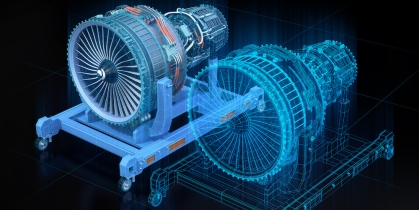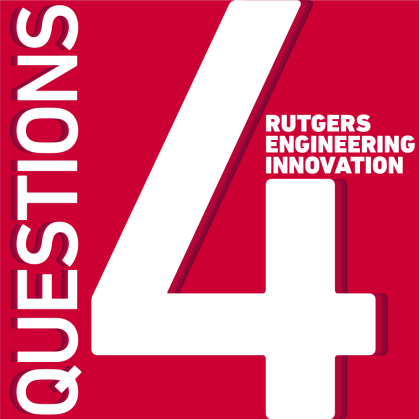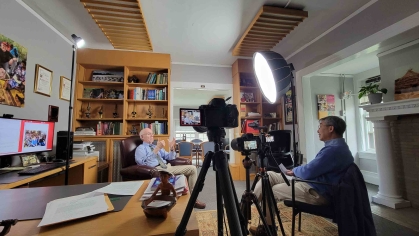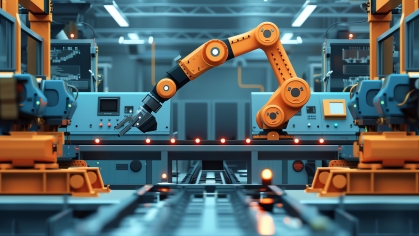Professor Weihong "Grace" Guo Seeks to Improve Manufacturing Performance

Digital twin and digital thread manufacturing research project promotes product quality and consistency
Since joining the Rutgers University School of Engineering faculty in 2015, assistant professor of industrial and systems engineering Weihong “Grace” Guo has pursued research interests focusing on data fusion methods in the interface between applied statistics and system control and optimization. Much of her research is conducted in the ISE department’s Data Analytics and Process Insights Laboratory, which was launched in 2016 in order to explore and develop new ways to use big data to glean insights on various processes.
As a dedicated teacher who enjoys helping students learn to do things they couldn’t do before, she actively involves her students in her research projects.
In a current research project, her team is investigating digital twin and digital thread manufacturing. By leveraging the complementary strengths of data science and physics-based models, Guo hopes to improve performance and transparency in manufacturing.
Four Questions for Professor Grace Guo

What drew you to ISE and what prompted your current research interests?
Engineers make things – industrial engineers make things better. I love making things better!
While I love math and data, I also love the type of research that is between theory and application. This is when the research problem is motivated by real industry issues, so that in solving the real problem, we also advance the field’s knowledge base.
Thanks to my advisors and collaborators, I was exposed to various manufacturing problems and I found myself motivated by the many real challenges posed by manufacturing, such as how to improve quality and efficiency, and how to embrace new technologies like 3D printing.
What most excites and inspires you about your research?
I’m inspired by industry needs. I’m excited by new ideas. And I’m super excited to see our work making an impact on industry.
In the past, I’ve done a lot of work on process monitoring to predict quality – and adjust the process accordingly. My work on digital twin and digital thread manufacturing complements this.
Digital twinning is a physical model. In the context of manufacturing, you may have a physical 3D printer, for example, while a digital model would run simultaneous simulation and modeling in real time. This is a two-way automatic communication between the two processes.
The digital thread connects the digital twinning in the system, helping to create a seamless flow of data across all manufacturing processes – from design to end-of-line production and even end use of the product.
What benefits most from your research?
The manufacturing industry is the biggest beneficiary of my research.
In the case of my digital twin and digital thread manufacturing project, the big picture goal is to make the manufacturing process more transparent and predictable in order to guarantee and maintain product quality and consistency and save money.
How are Rutgers students contributing to your current research projects?
I love helping people become better – and able to do something they couldn’t do before because of me.
School of Engineering Ph.D. students, master’s degree students help on my projects – and I count on them to deliver important contributions to the research as well as implementations with industry collaborators.
Each year, I supervise about five Aresty and Douglass project undergraduate research assistants on three or four different projects. The extent of their contributions depends entirely on the individual students: some hope to get a feeling for research; some are highly engaged and I can even bring them into meetings with collaborators.


